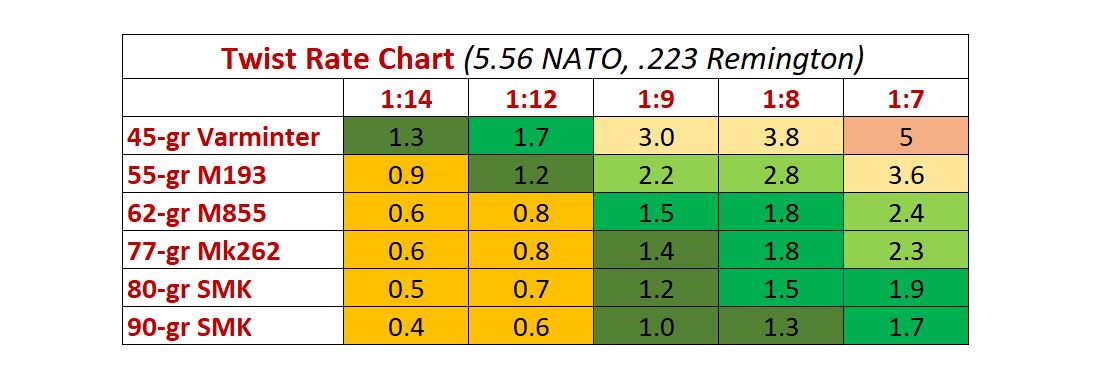Richard Mann writing at F&S.
- 30-30 Winchester
- 357 Magnum
- 44 Magnum
- 45/70 Government
- 360 Buckhammer
[ … ]
The 30-30 Winchester and the 30/06 Springfield are often considered the two most iconic American rifle cartridges. They’ve withstood the test of time. But they’re not the oldest or the most versatile. The 45/70 was introduced in 1873, 21 years before the 30-30 and 33 years before the 30/06. Originally designed for the Trapdoor Springfield, the 45/70 gained its current fame in the lever-action, and it is arguably the most popular lever-action rifle sold today. By modern standards, original 45/70 ballistics are pathetic. Modern 45/70 loads are not. And when all the 45-70 loads are considered, you have what might be the most adaptable big game cartridge of all time.
There are essentially three power levels of 45/70 ammunition, which is a trait no other centerfire rifle cartridge can claim. Power-level-one loads replicate the cartridge’s original ballistics and launch a 405-grain bullet at about 1300 fps. Inside 75 yards they’ll work for many big game animals. Second-power-level loads are generally loaded with a 300-grain bullet and pushed to about 1800 fps. They can generate more than 2000 foot-pounds of muzzle energy and are sufficient out to around 200 yards for non-dangerous critters. And finally, there are the third-power-level 45/70 loads. These can generate more than 3500 foot-pounds of muzzle energy—with recoil to match—and are sufficient for spy balloons or any beast walking Earth.
He also discusses the other cartridges, including one of my favorites, the .44 magnum.
I always enjoy reading Richard’s work, but my goodness it seems way, way premature to include 360 Buckhammer in that list. It’s brand new, and in my opinion will end up being a flash in the pan. Basically it doesn’t really do anything that the 30-30 can’t with the heavier loads (e.g., I have both 150 gr and 170 gr sitting on my desk in front of me now, and ballistically, it’s not really proven that the 170 gr does any better than the 150 gr.). It’s parent case is the 30-30, just with a heavier bullet. It’s also not proven that the .35 Remington does any better than the 30-30. I just don’t think there’s a void to fill with the 360 Buckhammer. Prove me wrong with ballistics analysis.
But let me tell you where I think there is a void. Between the .44 magnum and the 45-70. The perfect cartridge to fill that void is the 454 Casull, and I have written both Henry and Marlin begging them to introduce a rifle chambered in 454 Casull. Apparently, my protestations have been to no avail at this point.
Anyway, I expect 350 Legend to wane in popularity, and I don’t expect wide availability of the 360 Buckhammer. It may be an item of interest at some point (“Wow, I haven’t seen one of those in a long time, it may be a collector’s items at this point”), but it remains to be proven.
The 30-30 will never go out of style or off the market, and there will always be a high demand for either a new release by Marlin or a legacy JM stamped 336 in 30-30.
But I demand that Marlin introduce a Model 336 in .454 Casull. I’ll buy two immediately upon release. And I’d be happy to write about 20 articles on a new 336 in .454 Casull for Marlin if they send me a prototype.




